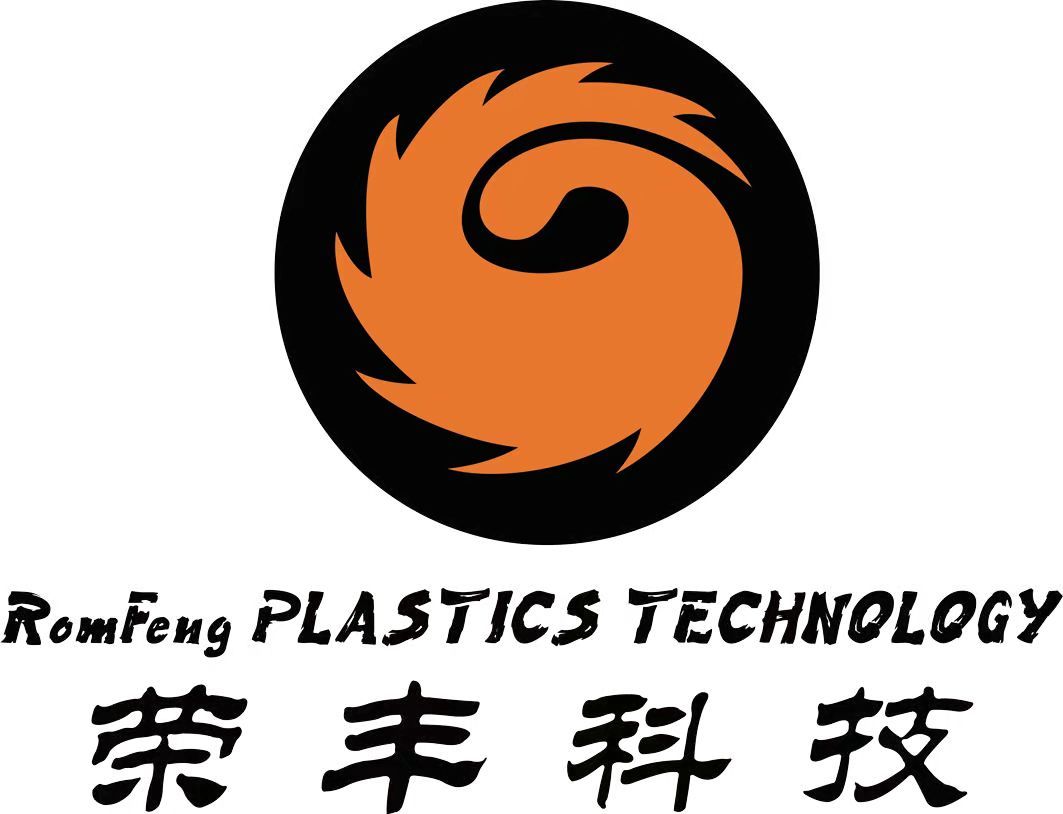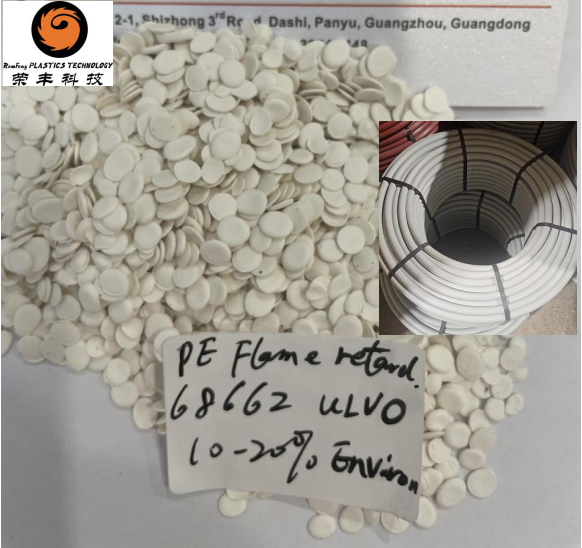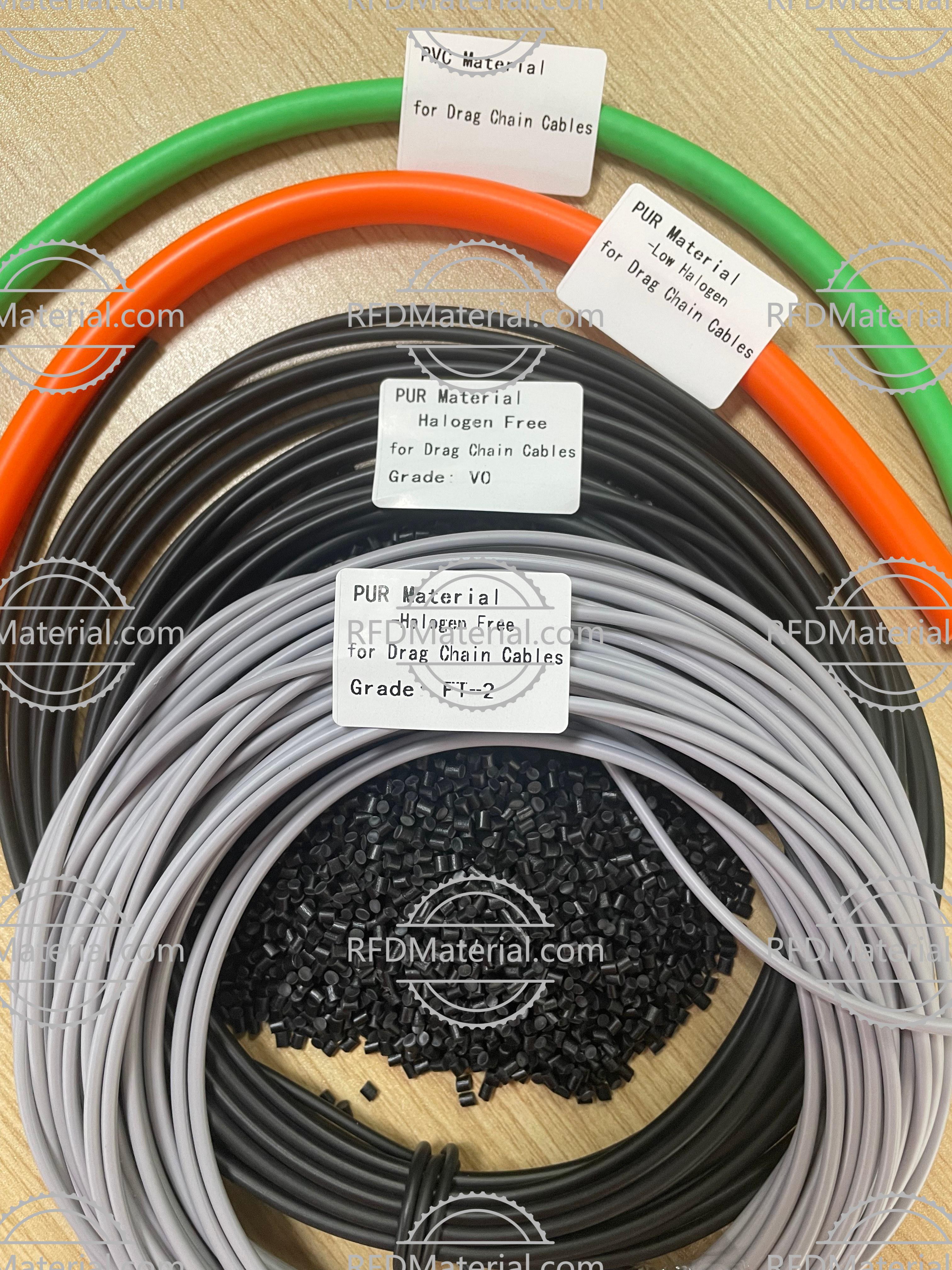Enhancing Wheat Straw Pellets with Color Masterbatch: A Sustainable Approach
Release time:
2025-08-12 12:40
Source:
In the ever-evolving landscape of the plastic industry, the integration of sustainable practices has become more crucial than ever. One innovative approach to enhance the appeal and usability of biodegradable materials is the use of color masterbatch in the production of wheat straw pellets. Color masterbatch refers to a concentrated mixture of pigments and additives encapsulated in a carrier resin, making it easy to add color and functional properties to plastic materials.
Wheat straw pellets are an eco-friendly alternative to traditional plastic products. They are made from agricultural waste, which not only reduces the environmental impact but also promotes the circular economy. However, one challenge faced by manufacturers is the visual appeal of these products. This is where color masterbatch comes into play, allowing for the customization of colors that can attract consumers' attention.
Incorporating color masterbatch into wheat straw pellets offers several advantages. First and foremost, it enhances the aesthetic qualities of the final product. A visually appealing product can significantly influence consumer purchasing decisions. By employing vibrant colors, manufacturers can create a diverse range of products suitable for various applications, from household items to industrial components.
Moreover, color masterbatch can provide functional benefits beyond aesthetics. Certain masterbatches can include UV stabilizers, antioxidants, or flame retardants, which can enhance the durability and performance of wheat straw pellets. By selecting the appropriate color masterbatch, manufacturers can tailor the properties of their products to meet specific requirements, thereby broadening their market appeal.
Another key point to consider is the ease of use of color masterbatch. It is designed for straightforward integration during the manufacturing process. This allows for efficient scaling, making it a practical choice for manufacturers looking to innovate without overhauling their production lines. The ability to adjust the amount of masterbatch used also means that manufacturers can achieve the desired color intensity and functional properties with minimal waste.
As sustainability becomes a priority in consumer choices, the demand for products made from natural materials like wheat straw is likely to increase. Utilizing color masterbatch not only helps in making these products visually appealing but also aligns with the growing trend of environmentally conscious manufacturing practices.
In conclusion, the incorporation of color masterbatch in wheat straw pellets presents a unique opportunity for manufacturers in the plastic industry to enhance both the visual and functional aspects of their products. By investing in this approach, companies can stay ahead of market trends while contributing to a more sustainable future.
Wheat straw pellets are an eco-friendly alternative to traditional plastic products. They are made from agricultural waste, which not only reduces the environmental impact but also promotes the circular economy. However, one challenge faced by manufacturers is the visual appeal of these products. This is where color masterbatch comes into play, allowing for the customization of colors that can attract consumers' attention.
Incorporating color masterbatch into wheat straw pellets offers several advantages. First and foremost, it enhances the aesthetic qualities of the final product. A visually appealing product can significantly influence consumer purchasing decisions. By employing vibrant colors, manufacturers can create a diverse range of products suitable for various applications, from household items to industrial components.
Moreover, color masterbatch can provide functional benefits beyond aesthetics. Certain masterbatches can include UV stabilizers, antioxidants, or flame retardants, which can enhance the durability and performance of wheat straw pellets. By selecting the appropriate color masterbatch, manufacturers can tailor the properties of their products to meet specific requirements, thereby broadening their market appeal.
Another key point to consider is the ease of use of color masterbatch. It is designed for straightforward integration during the manufacturing process. This allows for efficient scaling, making it a practical choice for manufacturers looking to innovate without overhauling their production lines. The ability to adjust the amount of masterbatch used also means that manufacturers can achieve the desired color intensity and functional properties with minimal waste.
As sustainability becomes a priority in consumer choices, the demand for products made from natural materials like wheat straw is likely to increase. Utilizing color masterbatch not only helps in making these products visually appealing but also aligns with the growing trend of environmentally conscious manufacturing practices.
In conclusion, the incorporation of color masterbatch in wheat straw pellets presents a unique opportunity for manufacturers in the plastic industry to enhance both the visual and functional aspects of their products. By investing in this approach, companies can stay ahead of market trends while contributing to a more sustainable future.
Color Masterbatch For Wheat Straw Pellets








